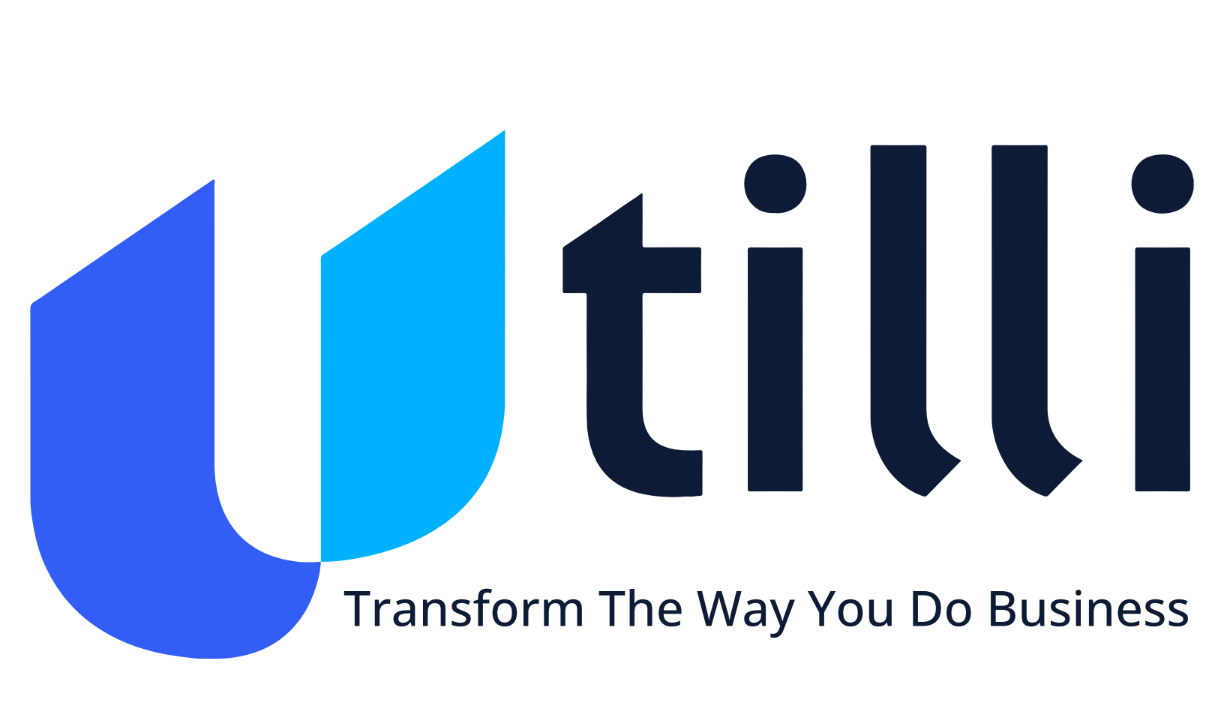The Lightning Network is Poised to Disrupt Utility Payments
This is Part Two in my series concerning cryptocurrency and the utility industry. You can find Part One here.
Scalability is one of the most pressing issues facing mainstream adoption of bitcoin and other cryptocurrencies. Currently, only about seven transactions per second can happen on the blockchain. This constraint was an attempt to keep the blockchain secure and decentralized. With mass adoption, though, the amount of transactions handled per second needs to be exponentially greater. Visa, for example, handles about 1,700 transactions per second (although Visa claims a whopping 24,000 transactions per second, a widely debated figure). Similarly, Mastercard uses a network that claims to handle 5000 transactions per second.
The Lightning Network is the developers’ answer to this problem, providing a second-layer network that sits atop the current blockchain. The LN, in theory, creates a peer-to-peer network while keeping the base blockchain decentralized and secure.
Coinmonks have a great explanation of how the Lightning Network works. For my purposes, though, I want to discuss the potential of bitcoin and cryptocurrency in the context of utility payments.
Lowering DSO
It should come as little surprise that the faster a utility company can collect outstanding bills, the better. That’s why days sales outstanding (DSO) is a primary KPI for the finance department of most organizations, including those in the utility industry. Understanding how many days it takes for the utility company to collect gives clarity to its financial health.
Many utility companies collect on a net-30 basis with payment processing fees of 1.3% to 3.4%. Imagine “energy-on-tap,” where utilities could bill on an hourly, daily, or weekly basis instead of the standard monthly basis. The energy acquisition, selling, and collecting cycle could be reduced by 45 days or more, with residential consumers paying for services a smaller and manageable payment amount down from $30 to $150 per month to $1 to $5 per day. Rate cases, tariff updates, billing cycles, proration, automated and real-time meter readings, public service commission approvals, and so on would need to work out the logistics. This is possible because of the ability to process smaller transactions at a fraction of the present cost.
Using this approach reduces the DSO, risk to collect, and bad debt-write-off considerably, allowing utilities to recognize revenue at a previously unimaginable pace. For instance, the charts below compare the two approaches.
The first graph represents a data series of monthly billing. The blue represents the bill amount and the orange represents the payment amount trend line for a typical Net 22 days invoice due to date calculation.
The second data series represents a “crypto-lightning” system producing daily bills per account represented by the blue line and accepting instantaneous smart-small payments represented by the yellow payment trend line, using a Net 1 due date approach.
It’s assumed that the consumers’ payment behavior is the same in the two situations, meaning people who will pay in 22 days after receiving their invoice will continue to pay in 1 day of receiving an invoice. This model also does not take into consideration people who pay immediately after receiving the bill despite the Net 22 due date on the bill. The industry average of 15% uncollected bills by the due date is considered for both scenarios.
For a monthly cycle, you can see the collection of receivables starts 52 (30 + 22 = 52) days after the 1st day of consumption, in the case of the Net 22 due date scenario. The 30 days in the above calculation represent the monthly cycle durations and the 22 days represent the net due date on a bill from the billing date.
In the daily billing and Net 1 due to date cycle, the receivables are raised the next day of consumption. They are due the very next day (i.e., Net 1 due date), resulting in a total of 51-day reduction in the revenue cycle using this approach!
All of this is possible due to a drastic reduction in payment processing cost using the Lightning Network. The same payment savings program can be proposed for pre-paid scenarios already in play in many utilities worldwide.
While the utilities benefit from all of this, the consumer also benefits from smaller regular payments and could benefit from loyalty programs associated with crypto payments.
Processing Fees
Like I mentioned in my previous article:
“The economy of these transactions interestingly solves another critical problem of conversion from and to fiat currencies. Currently, the average fee on the Lightning Network clocks in at about one satoshi — the smallest Bitcoin unit that’s worth a fraction of a cent — per hop. A transaction could involve one or more hops. All in all, this is a meager fee compared to transaction fees in the present-day popular payment systems.”
These “hops” from the nodes on the Lightning Network make small, plentiful transactions possible, which is an attractive aspect for mainstream users.
Limitations and Beyond
I’m aware that nothing about this is perfect, and we’re still in the infancy stage with this bleeding-edge technological shift. We’re still struggling with compliance, acceptance, conversion, local taxation, and the lack of a universal framework.
But we have to understand one thing: the train has left the station. People are participating in digital coin transactions. Now that we’re identifying the problems, we need to talk about solutions and what types of organizations may be necessary to implement them.
I’ll talk more about the limitations and what I see in the future in my third installment of this series next month. If you would like to learn more about digital currency and payment processing schedule a demo with Tilli.
Product
Nudge
tilliX
tilliPay
Industries
Utilities
Banking & Finance
Telecommunications
And more...
Company
About Us
Careers
Services
Resources
Case Studies
Blog
Support
Request a Demo
Start Free Trial
Contact
Developers
tilliPay
Documentation
API Reference
Nudge
Documentation
API Reference

Follow Us On Social:

Product
Nudge
tilliX
tilliPay
INDUSTRIES
Utilities
Banking & Finance
Telecommunications
And more...
Company
Services
Resources
Case Studies
Articles
Support
Request a Demo
Start Free Trial
Contact
Developers
tillipay
Documentation
API Reference
Nudge
Documentation
API Reference
Follow Us On Social



 Shabbir Gilani
Shabbir Gilani
 Shahid Husain
Shahid Husain Raja Gopal Vemuri
Raja Gopal Vemuri Ali Saberi
Ali Saberi